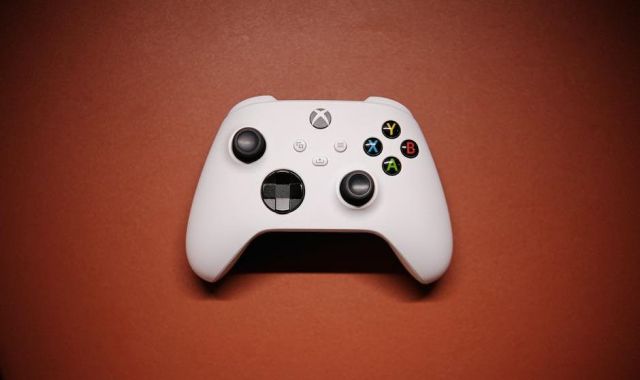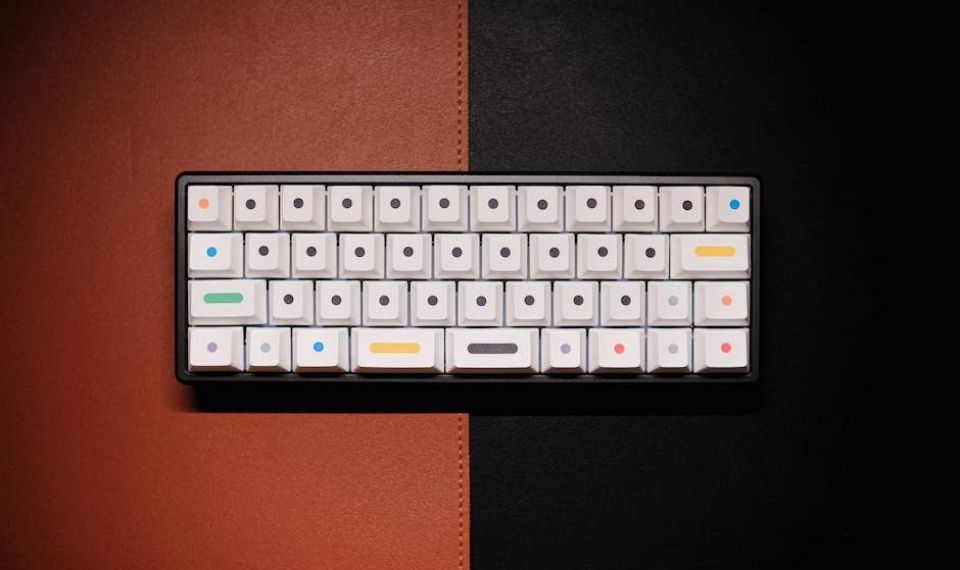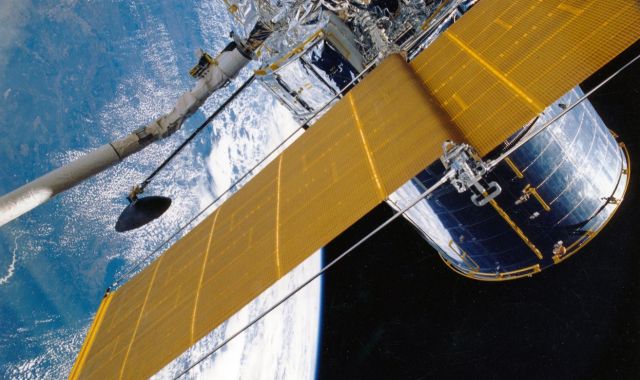
In the world of technology, nothing stands out quite like the personal computer (PC) – a tool that has revolutionized the way we work, play, communicate, and learn about the world around us. From its humble beginnings to its modern incarnations, the evolution of the PC is a tale that tells much about the pace and direction of technological development.
The earliest form of the PC took shape in the 1960s, with devices that were anything but personal or portable. They were colossal machines, housed in large rooms and operated by teams of technicians. The IBM 610, introduced in 1957, is often cited as the first “personal computer” – it was the size of a large desk and cost the equivalent of nearly $200,000 today.
The 1970s saw a dramatic reduction in the size and cost of PCs, largely thanks to the development of the microprocessor. Microprocessor technology, introduced by Intel in 1971, allowed computers to become much smaller and cheaper while significantly increasing their processing power. It was during this period that PCs started to become more accessible to the average person. The first true PCs in the modern sense – such as the Altair 8800 and the Apple I – were sold as kits to hobbyists and enthusiasts who would assemble them at home.
However, it wasn’t until the 1980s that PCs as we know them today really began to take shape. The introduction of the IBM PC in 1981 was a game-changer. This was the first PC designed for the mass market, featuring a user-friendly operating system and software that were intuitive to use. It’s also here we begin to see the advent of the graphical user interface, improving accessibility further by creating a visual and easy-to-understand point of interaction.
The 1990s brought about the personal computer revolution, with PCs becoming a staple in homes and offices worldwide. The proliferation of the internet also meant PCs were no longer standalone machines but were instead connected to a vast network of information and resources. As PC components continued to decrease in size and increase in processing power, laptops emerged as a new form of mobile computing.
In the 2000s, PCs continued their trend toward increased power, smaller size, and wider accessibility, spurred on by breakthroughs in storage technology and processing power. PCs were no longer just productivity tools, but also powerful devices for entertainment, gaming, and media consumption.
Today, you can find a PC powerful enough to simulate entire universes but small enough to fit in the palm of your hand. We have PCs that can diagnose diseases, predict weather patterns, and explore the farthest reaches of space – all from the comfort of our own homes. As cloud computing and quantum computing technologies mature, the role and capabilities of the PC will undoubtedly continue to evolve.
The journey of the PC from a room-sized behemoth to a pocket-sized powerhouse illustrates the unstoppable march of technological innovation. Through it all, the PC has not only adapted but thrived, continuously evolving to meet the changing needs and desires of its users. It’s a story that continues to unfold, promising an exciting future for technology and humanity alike.









